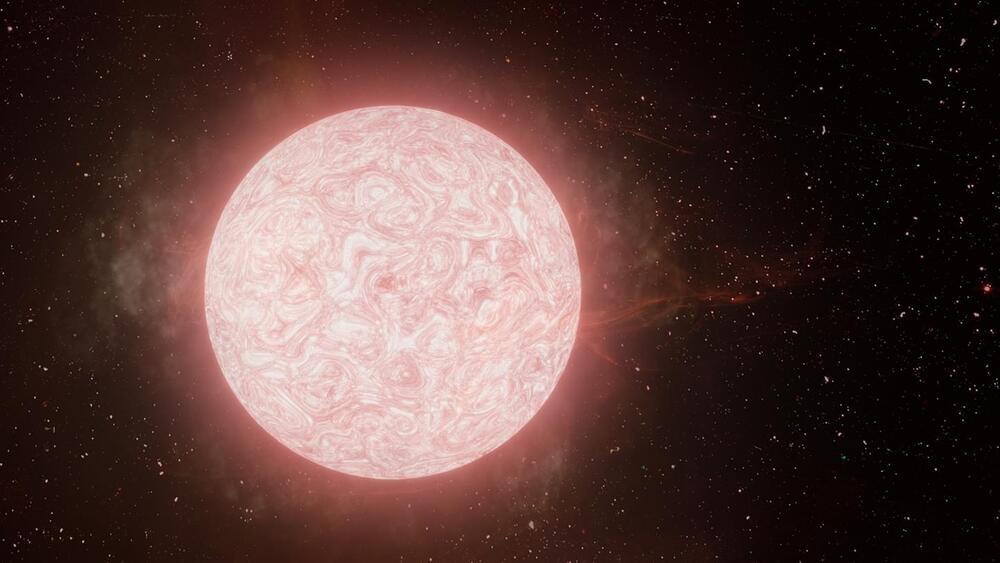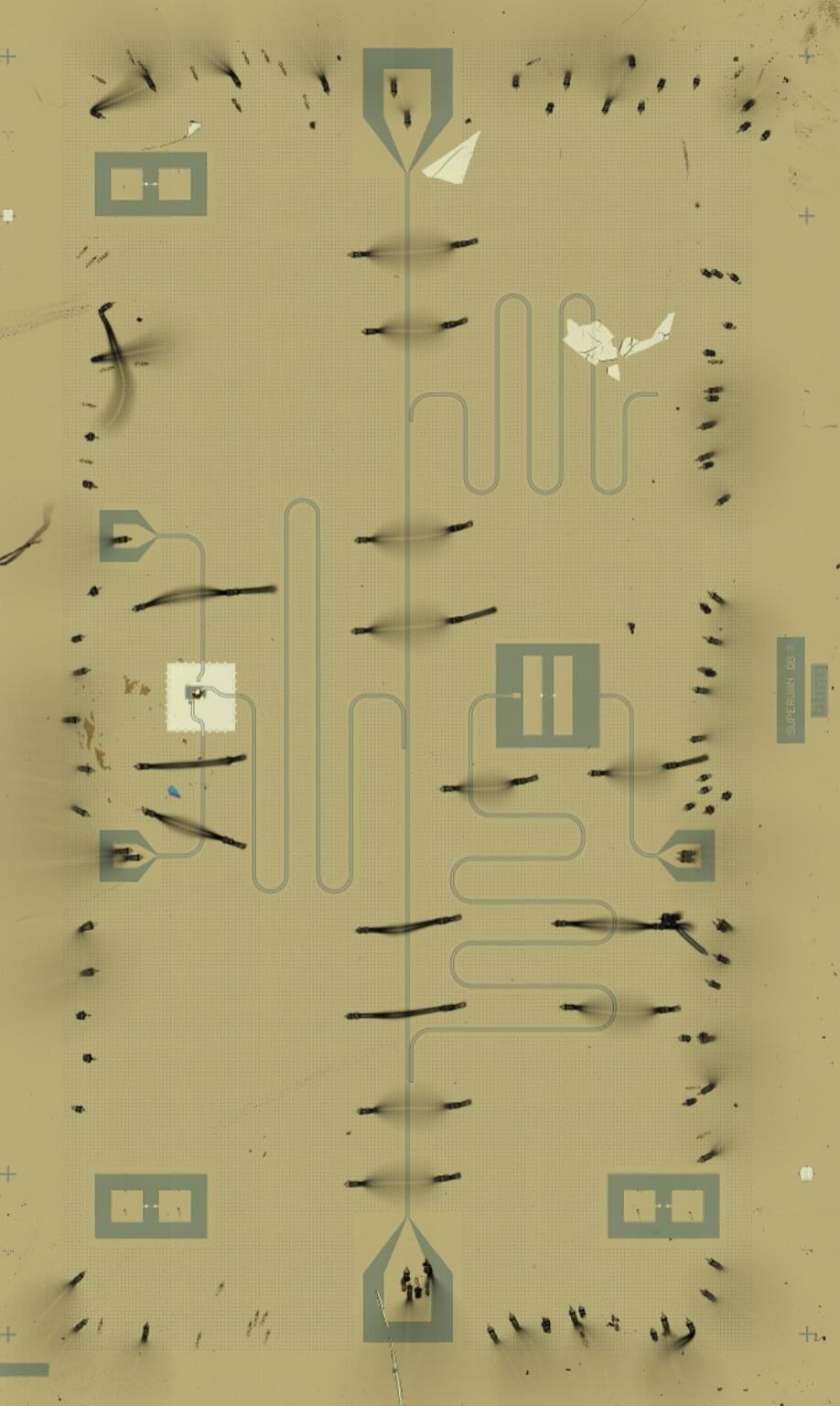With the help of robotics specialists, we can separate the truth from the hype.
Elon Musk has announced his plans for a new Tesla humanoid robot that will excel at “mundane tasks,” but he’s making some common robotics mistakes with his grand plans.
What does the future of a Tesla robot look like? With the help of a couple of robotics specialists, we can separate the truth from the hype in Musk’s claims.
What can we expect from a true humanoid robot?
Making a robot look and even behave like human figure brings many programming challenges. Will the Tesla bot do bipedal locomotion, the complex two-legged walking that humans have perfected over millions of years? (Or dance like the very obvious human in a Tesla Robot suit did at Tesla AI Day when Musk made the announcement?) Northwestern University robotics professor Michael Peshkin said it’s tasks like this that are often underestimated by the public.
“A baby spends several years learning how to move their body around,” Peshkin said. “We never appreciate how sophisticated people are to begin with. It’s the things that babies can do that are so hard for robots.”








